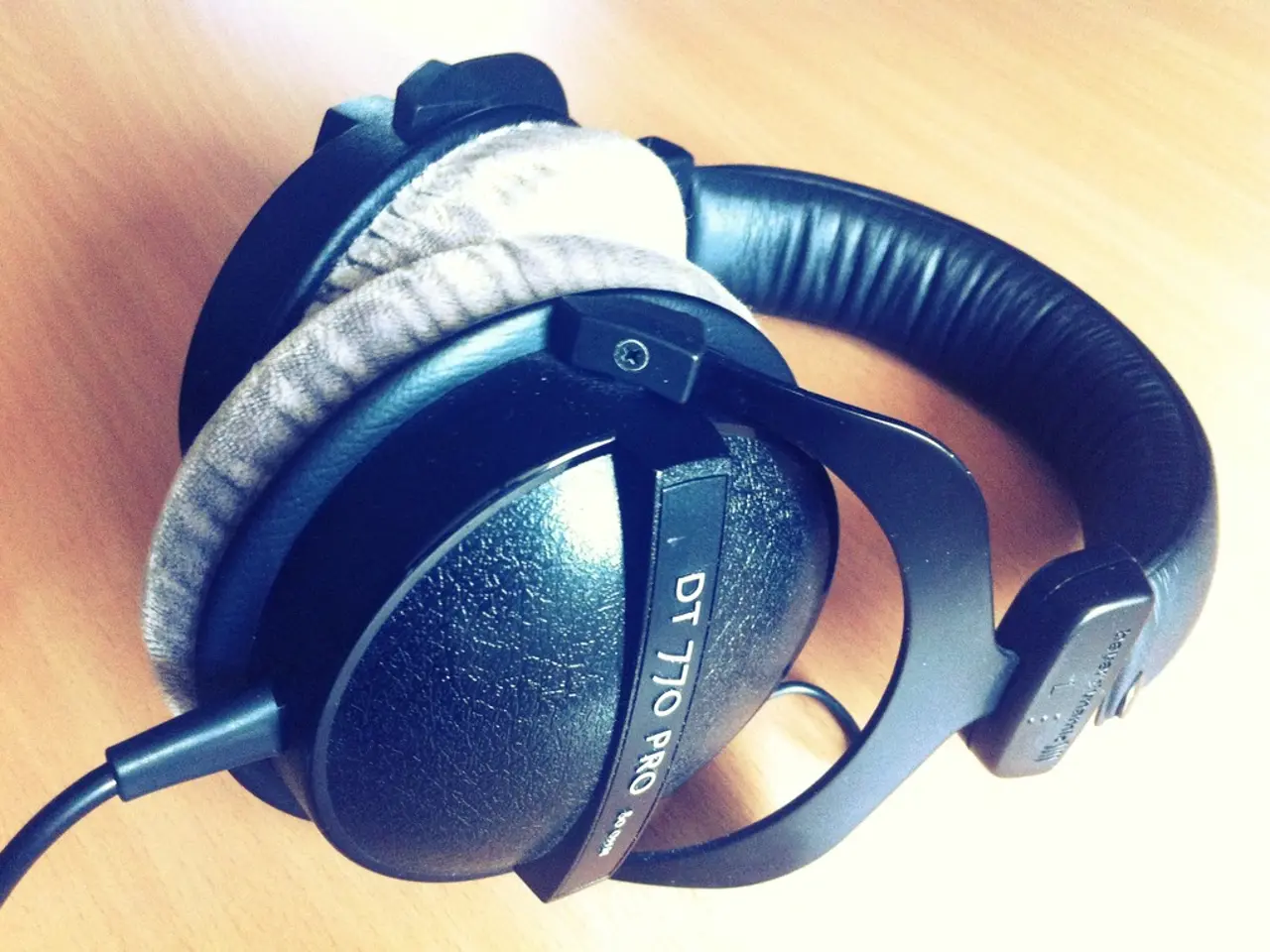Neurologist Examines Personal Experiences with Auditory Phantasms
In a fascinating exploration of the human auditory system, we delve into the phenomenon known as musical hallucinosis. This condition, characterised by hearing music or melodies without an external source, is primarily caused by hearing loss or auditory deafferentation, leading to abnormal neural activity in the auditory cortex.
The root cause of musical hallucinosis lies in sensory deprivation of the auditory pathway. Reduced or altered sound input, such as from hearing loss or cochlear implantation, results in disinhibition and spontaneous activity within the auditory brain regions. This neural hyperactivity triggers the perception of music despite no real sound stimulus. This is conceptually similar to Charles Bonnet syndrome in vision, where visual deprivation causes visual hallucinations due to cortical disinhibition.
The prevalence of musical hallucinosis is notably higher among individuals with significant hearing impairment, including those with cochlear implants. While exact rates vary, patients referred for audiometric evaluation, including cochlear implant candidates, show a notable prevalence of musical hallucinations, likely linked to the multifactorial causes of hearing loss such as noise exposure and age-related factors.
Cochlear implants, while designed to alleviate auditory deprivation, can paradoxically trigger hallucinosis by altering auditory inputs in a non-natural way.
In a recent talk show discussion, neurologist Bruce Dobkin shared his personal experience with musical hallucinosis after receiving a cochlear implant. Dobkin, who published his account in a medical journal, set out to learn everything he could about the condition after experiencing it. The discussion, hosted by Ira Flatow, delved into the commonness of the condition and Dobkin's decision to publish his account.
The condition of musical hallucinosis is more common than Dobkin initially realized, as he discovered during his research. The article "When People Hear Voices, But Only When They Want To", discussing the condition, can be found on Undark. Treatment options sometimes include antipsychotics like quetiapine, used off-label for musical hallucinations, though risks and benefits must be carefully evaluated.
In summary, musical hallucinosis is a fascinating exploration of the human auditory system, caused by auditory sensory deprivation or altered input leading to cortical disinhibition and resulting in spontaneous auditory hallucinations. Its prevalence is elevated in hearing-impaired populations, including cochlear implant users, though precise prevalence varies by study and population. Dobkin's personal account and subsequent research shed light on this lesser-known condition, offering insights into its causes, prevalence, and potential treatment options.
The neurological disorder, musical hallucinosis, shares a resemblance with Charles Bonnet syndrome in vision due to its cortical disinhibition origin, both caused by sensory deprivation in the corresponding pathway. Individuals with hearing impairments, notably including cochlear implant users, are more susceptible to this condition, as it may be linked to the multifactorial causes of hearing loss.




